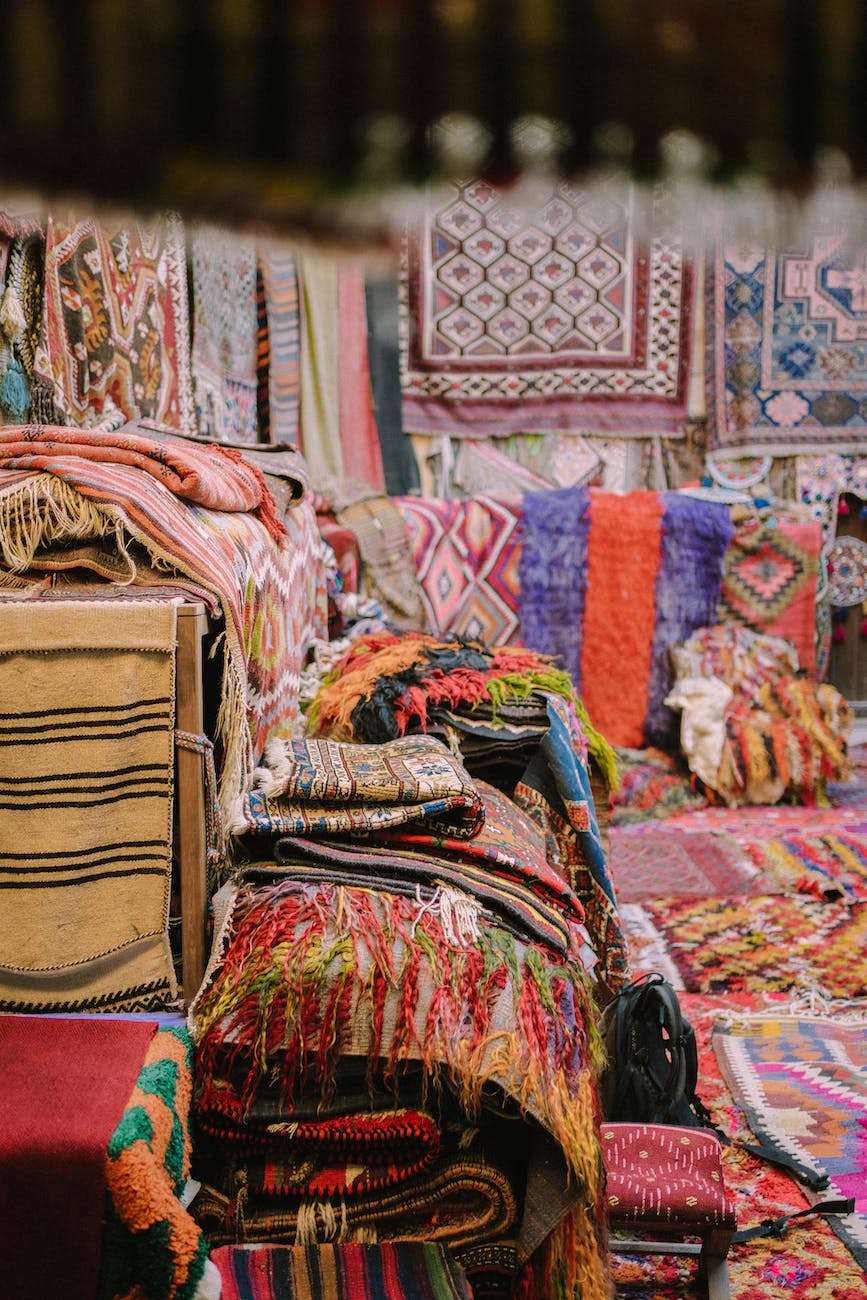Rug Weaving Collectibles: Discovering Treasured Textile Art
For art and textile aficionados, few collectibles inspire passion like hand woven antique or vintage rugs. Their beauty, workmanship, heritage, and scarcity make these floor coverings highly coveted acquisitions. Tracking down rare finds at auction or in far flung locales makes collecting rugs a treasure hunt. Curating a collection with diverse weaving styles, regional origins, or certain motifs can become a lifelong hobby. This article covers how to identify exquisite rugs, research intriguing provenance, care for delicate investments, and experience meaningful cultural connections through collecting rug weaving art.
Characteristics of Highly Collectible Rugs
Certain traits make antique and vintage rugs more prized:
Rarity
Rugs produced in small quantities, experimental pieces, or custom commissions tend to appreciate most as unusual survivors. Scarcity heightens value.
Quality Craftsmanship
Hand woven rugs with extremely fine knotting, dense pile, intricate dyeing, and flawless finishing standout for their artistry and become family heirlooms.
Natural Materials
Luxurious fibers like silk or well-carded wool, and natural dyes using local vegetal and mineral resources increase value for collectors. Quality endures.
Regional Significance
Turkish kilims, Scandinavian ryas, and Navajo weavings anchor cultural traditions. Their origins tell important human stories.
Age
Rugs 100-200 years old or older in pristine condition are the holy grail. Their longevity is testament to artisan skill and merits preservation.
Historical Association
Rugs connected to significant eras, places, or people gain additional importance. Provenance increases interest and worth.
Researching Origins and Authenticity
Seeking rug stories provides satisfying sleuthing:
Analyze Design Details
Examining motifs, patterns, materials, and dyes offers clues about a rug’s origins. Styles are culture-specific.
Check Documentation
Request previous appraisals, restoration records, identification tags or dealer receipts that help establish age, pedigree, and history.
Consult Experts
Specialist evaluators can identify time period, culture, and construction details via in person assessment and microscopic analysis to authenticate.
Carbon Dating
For pieces with ambiguous origins, carbon testing fiber samples scientifically determines age within an approximate 30 year range to solidify dates.
Trace Provenance
Research archives, news clippings, auction records, or custom orders to uncover your rug’s journey. Pinpointing provenance makes it more special.
Meet Artisans
Discuss designs with weavers from each culture to gain insights about traditions, motifs, and techniques that aid identification.
Safe Handling of Antique and Vintage Rugs
Special care preserves investment pieces:
Roll Don’t Fold
Always roll rugs horizontally rather than folding vertically to avoid crease damage. Use acid free tissue between layers if stacking multiple rugs.
Block Sun Exposure
Limit direct sunlight which can dry out and fade sensitive natural dyes and fibers. Catalog your rugs away from windows and shift occasionally.
Control Humidity
Store in climate controlled conditions between 30-50% humidity to prevent brittleness or mildew. Adjust if relocating the collection.
Secure Handling
Wear archival gloves when inspecting. Wash hands first or avoid contact with bare hands which deposit oils and dirt into aged fibers.
Chance Vacuuming
Only vacuum using special low suction antique rugs attachment heads. Test first for colorfastness and structural soundness which drive cleaning approach.
Rotate Display
If decorating with your rug treasures, occasionally exchange displayed pieces to evenly distribute lighting and foot traffic wear. Avoid permanent fixtures.
Captivating Aspects of Collecting Rugs
Beyond investment, collecting rugs reconnects to humanity:
Cultural Appreciation
Understanding diverse world traditions represented through collected rugs creates bridges between people and places. Respect grows.
Study of History
Antique rugs provide windows into ancient ways of life. Imagining the maker’s world expands perspective. Each rug marks a time and culture.
Artisan Appreciation
Visually analyzing techniques inspires awe for the creative problem solving and skill mastered by talented makers around the globe and across centuries.
Materiality Education
Discovering diverse natural dyes, indigenous fibers, and preparation processes gives insight into sustainable utilization of resources.
Design Inspiration
Curating collections based on motifs or patterns breeds new creative ideas for interior decor, architecture, fashion, and modern makers.
Meaningful Connections
Participating in rug communities fosters friendships and knowledge sharing with kindred spirits equally smitten by textiles’ heritage.
Rug collecting satiates innate human curiosity about cultural arts, tradition, and beauty through artifacts that endured thanks to quality craft. Each rug revives fading memories of another era, place, and people. Building bridges between past and present weaves a richer existence.
